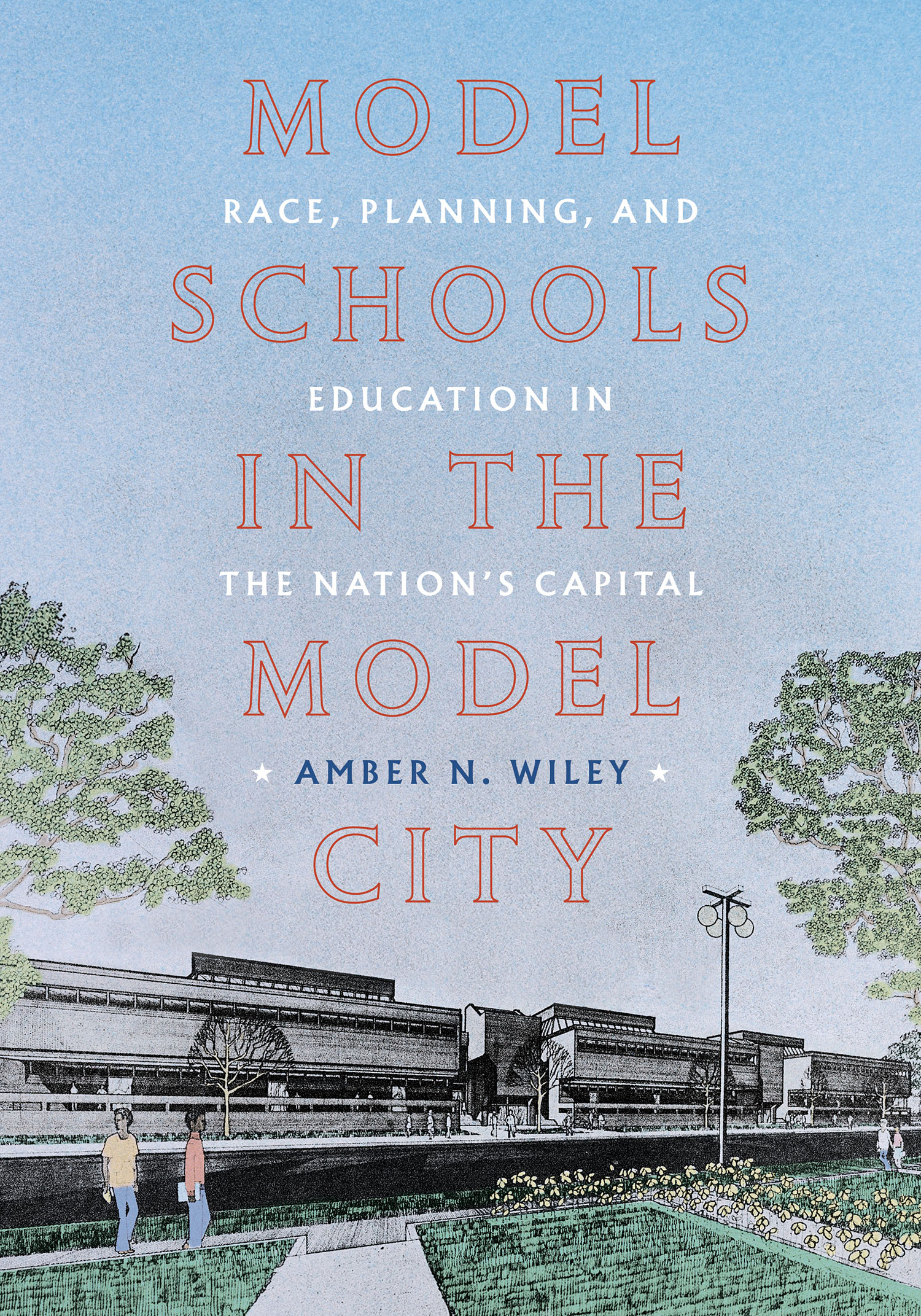
Model Schools in the Model City: Race, Planning, and Education in the Nation's Capital
Amber N. Wiley
Access to educational resources has been a tool of liberation for Black Americans from the antebellum period to the present. With this book, Amber N. Wiley emphasizes the value of education as a means for social equality—Black Americans wanted the American Dream to apply to them, and equal opportunity for quality education was at the forefront of making that dream a reality. Model Schools in the Model City chronicles how Black Washingtonians used public education as a means of racial uplift in the face of entrenched white resistance and repeated assertions of white supremacy. For Black Washingtonians, it was the school building—a permanent structure, made of sturdy material—that was the physical realization of Black liberation, agency, and the right to exist as citizens of the United States. Furthermore, it was the school building that stood as the litmus test to whether Black Washingtonians’ citizenship was perpetually guaranteed; thus, they fought with all the tools at their disposal to maintain access to quality education in the nation’s capital. In this book, Wiley recounts the untold story of Black Washingtonians’ educational ambitions, especially as they were manifested in the schools themselves.
“Original, impressively researched, and ambitious, Model Schools in the Model City is an important book, one that challenges shibboleths, particularly in the history of urban renewal. It will appeal to readers who are eager to learn more about Washington Black history, and the history of architecture, education, planning, and housing.”
Marta Gutman, City College of New York
“In Amber N. Wiley’s capable hands, the school buildings of Washington, DC, past and present, classical and brutalist, become metaphor and monument to African Americans’ quest for full citizenship rights (or a lack thereof). In beautiful prose and a profusion of images, she illuminates the connection between the built environment and the sociopolitical relations that gave rise to it. This is how architectural history should be done.”
George Derek Musgrove, University of Maryland, Baltimore County
“Model Schools for the Model City is a far-reaching, original, and (at times) personal story about architecture, education, and urbanism in Washington, DC. Although the federal government consistently obstructed progress in the overwhelmingly Black capital city, Black Washingtonians nonetheless managed to create spaces for their children to learn. Although Wiley chronicles many frustrations across the decades, she also showcases the ambition and inventiveness of parents, teachers, and architects through close readings of school buildings. Her engaging study brings to light previously underexamined intersections of design pedagogy, community activism, and Black heritage. Unaffected by fleeting academic trends, Wiley’s deeply researched and intelligent book will be an enduring contribution to architectural history.”
Carla Yanni, Rutgers University–New Brunswick
“With vast ambition and the urgency of personal history, Model Schools in the Model City reveals a truth hidden in plain sight: the struggle for equal access to public education—long a route to freedom for Black Americans—was a battle over buildings. The power to shape the architecture of schools in the nation’s capital, Amber N. Wiley compellingly argues, determined who would have access to the fundamental rights of democracy. This book is a stirring lesson in how the built environment records the hopes and frustrations of its society.”
Brian Goldstein, Swarthmore College.
Where to Buy:

